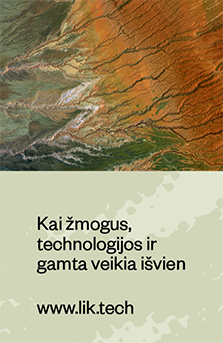After several shark attacks in Egypt last year, this year the world was shaken by incident in Australia, where the White sharks tore a diving snail gatherer.
Constantly Attacking People
Since 2000, the world has recorded 972 attacks on people in the water. During that time, shark attacks caused the deaths of 89 people. In 2010, sharks attacked people 20 times, and three attacks ended in death. The most of shark attacks - even 108 – were recorded in 2008. The worst was 2000, when sharks killed 17 people.
Those who fall shark victims are the warm water divers, shell or shellfish collectors.
Sharks would attack people because they take them for the fish and seals - their usual prey. Sometimes people excite their curiosity. Lacking both hands and legs, sharks can only make sure in one way - with their teeth. This may explain the fact that sharks would often abandon a man swimming in the water after giving him a nip.
Recorded in Literature
It is considered that sharks do not present a hazard to people, like many other animals. Elephants kill far more people in the world annually than sharks. Even lightning strikes down more victims.
The world’s scale of shark hunting is fascinating. About 100 million of these animals are caught each year. This is a result of people’s inflated fear of sharks. The fear comes from the global arts and film industry.
The biggest anti-shark impression was created by Peter Benchly’s book Jaws and the movie about man-eater sharks of the same title.
An American painter John Singleton Copley painted the world’s most famous picture of a shark attack. Painted in 1778, the picture “Watson and the Shark” depicts the shark’s attack on a young girl.
Unpredictable and Dangerous
Of the more than 360 shark species, only four are dangerous to people. These are the great white, albacore, tiger and gray or square-nose sharks.
Growing up to 4-6 m long and weighing 1100-2250 kg, white sharks are rapidly disappearing. There are only about 3.5 thousand of them left in the world. These sharks live in the shelf areas of all continents, where the water temperature is between 12-24 degrees Celsius. In Europe, they can be found in the Mediterranean and Adriatic seas. The white shark feed on sea lions, walruses, seals.
Albacore sharks grow from1.5 to 2 m long, sometimes up to 4 meters and weigh from 30 to 60, and sometimes up to 100 kg. They live in tropical areas, feed on fish, squid, mussels, and sea waste. They rarely attack people, because, unlike the white shark, they do not sail close to shore. The albacore shark has acquired ill fame because of the sensitive scent. During the war, when ships were often sinking, albacore sharks would quickly find the crash site and feed on human flesh.
Growing up to 5 m long and 750 kg the tiger shark inhabits tropical areas. They feed on fish, dolphins, turtles, sea snakes and putrescent meat. Since tiger sharks live in the open waters, their encounters with people are rare.
The gray shark, growing up to 4 m long is the most common group of sharks. They live in the coastal areas of all continents, except Antarctica. Due to the higher population, attacks on people are more often.



















Naujausi komentarai